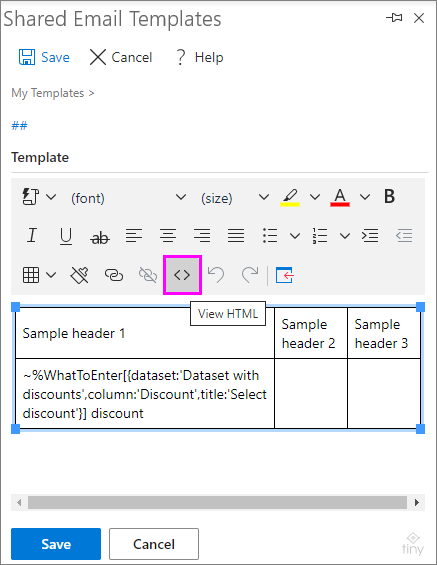

- OUTLOOK CONDITIONAL FORMATTING DEFAULT COLOR HOW TO
- OUTLOOK CONDITIONAL FORMATTING DEFAULT COLOR CODE
- OUTLOOK CONDITIONAL FORMATTING DEFAULT COLOR ZIP
You may probably have your inbox in its default view settings for as long as you’ve been using Outlook. By customizing your Outlook inbox, you can more easily locate the contact information that you need, go to the message that you want to read, and basically, make your inbox less of a tiresome affair. To copy conditional formatting to a new workbook or sheet, select the cells you want to copy conditional formatting from, and click the Format Paint icon (on the Home tab).
OUTLOOK CONDITIONAL FORMATTING DEFAULT COLOR ZIP
You can adapt it to the way you work so you can zip through your messages and get more things done. While you can, of course, include add-ins to beef up Outlook’s functionality, one of the simplest things you can do to your inbox is to customize it. Neil Malek changes the color of meetings in his Outlook Calendar with Conditional FormattingHighlight.
OUTLOOK CONDITIONAL FORMATTING DEFAULT COLOR HOW TO
Work Smart with a Customized Outlook Inbox OUTLOOK CALENDAR: HOW TO CHANGE BACKGROUND COLOR. Now the conditional formatting is lost but you still have the colors and can check the RGB choosing Home > Fill color (or Font color) > More colors. Copy them back into Excel, keeping the source formatting.

Here is how to customize your Outlook inbox in a few easy steps. Copy conditionally formatted cells into Word (using CTRL+C, CTRL+V). In the Advanced View Settings dialog box, click Conditional Formatting. The Conditional Formatting Rules Manager dialog box will appear. Now select Manage Rule from the drop menu of Conditional Formatting. The selected color will be displayed in the Preview box and then click on OK. Actually, there is, with Microsoft Outlook. On the View tab, in the Current View group, click View Settings : 2. In the Fill tab, select the green color and click on OK. And then you are correct in that you should put the email address.
OUTLOOK CONDITIONAL FORMATTING DEFAULT COLOR CODE
When this happens, you’ll wish that there’s a better way to manage your emails and therefore be so much more productive. To color code sent mail items, you should select your sent mail folder, then go to View > View Settings > Conditional formatting. In addition to color categories, you can use conditional formatting to. Soon, you’ll be surprised to see that going over your emails, contacts, and calendars have siphoned out most of your time, time that could have been spent on more pressing matters. The color categories in Outlook 2010 are contained in your default data file. These are ones that Outlook has built-in by default. Keeping track of your inbox can be a big drag especially if you have a thousand other things to get done. Such as unread messages, unread group headers, expired email, overdue email, and more.


 0 kommentar(er)
0 kommentar(er)
